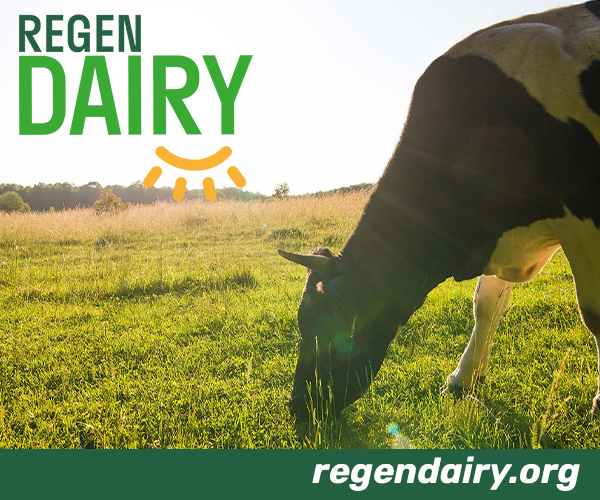



Exposure to Sun Increases Vitamin D3 in Cows
DENMARK - There is a clear linear relationship between how long you stay in the sun and how much vitamin D3 your body produces - at least if you are a cow, says University of Aarhus scientists.The duration of exposure to the sun's UV rays has a clear linear effect on how much vitamin D3 the body produces. This is what scientists from Aarhus University have discovered but these results contradict what has previously been believed.
Hitherto the argument has been that there will be no added formation of vitamin D3 in the skin from increasing UV exposure times beyond 15 minutes , but now it turns out that the time factor actually does make a difference. A longer time spent in the sun results in more vitamin D3 in the body - at least at Danish latitudes.
The current practice of studying solar effects on the formation of vitamin D3 in the skin involves testing skin samples in the laboratory. Here the results have shown that after a certain amount of exposure to UV light the production of vitamin D3 levels out and ceases completely, irrespective of how much or for how long the skin is subsequently exposed to UV light.
However, results from laboratory studies cannot always be directly transferred to living animals. The scientists therefore examined whether the formation of vitamin D3 in dairy cows that are at pasture during summer in Denmark depends on the duration of their exposure to sunlight.
Sun the only source of vitamin D3
For cows and other vegetarians the sun is the only natural source of vitamin D3. The vitamin is formed in the skin when the skin is exposed to the sun's UV light. A previous experiment with partially covering cows at pasture have shown that cows form vitamin D3 in the skin all over the body surface - even where the skin is covered in black hair. And that the total amount of vitamin D3 formed depends on how much of the skin is covered.
This is fine for cows that are outdoors during summer, but not all cows are at pasture during summer, and during winter months the sun is not strong enough for vitamin D3 to be produced in the skin, even if cows were kept outdoors. And it is not just cows that are affected – consumers of dairy products are as well. The vitamin D3 formed in the skin when cows are at pasture is transferred to the milk we drink. If the cows have a vitamin D3 deficit, so will the milk.
So what to do ? Is 15 minutes of sun exposure a day sufficient for dairy cows to ensure a high level of vitamin D3 in the body and in their milk?
Longer exposure = more vitamin D3
Scientists from Aarhus University divided a herd of cows into groups that were at pasture daily during different lengths of time, ranging from 15 minutes to 5 hours per day. All cows were at pasture when the sun was at its highest, regardless of whether they were out only for 15 minutes or spent several hours outdoors every day.
The results showed a clear linear relation between the length of time the cows spent at pasture and the level of vitamin D3 in their blood. The cows exposed to the sun for 75 minutes or less could not maintain their initial level of vitamin D3 in the blood. Whereas cows that spent 2.5 hours or more outdoors showed increasing vitamin D3 levels in the blood with increasing exposure time. Cows that spent 1.5 hours at pasture daily maintained their initial level of vitamin D3 in the blood.
The cows used in the study were black-and-white Holstein dairy cows. The scientists therefore also tested for differences in vitamin D3 formation between cows that were predominantly black and those that were predominantly white, but found no significant differences.
The project was funded by Aarhus University, the Ministry of Food, Agriculture and Fisheries and the Knowledge Centre for Agriculture | Dairy and Cattle Farming.
TheCattleSite News Desk









